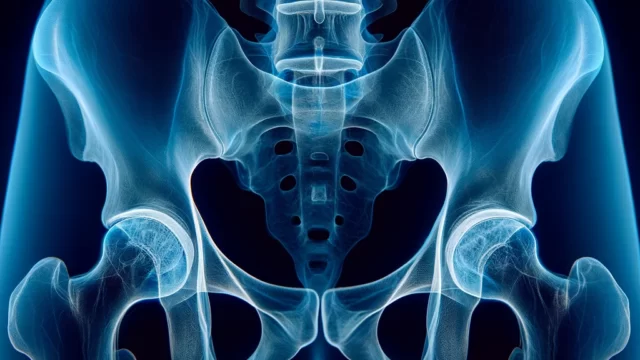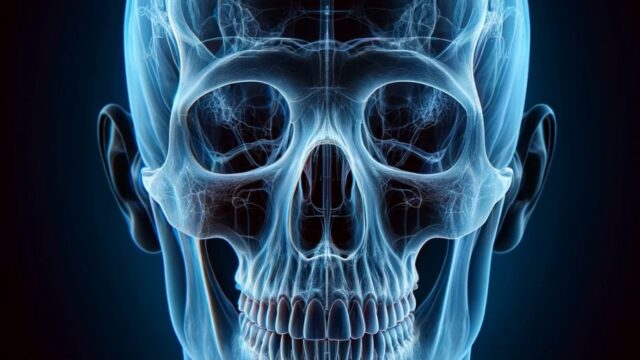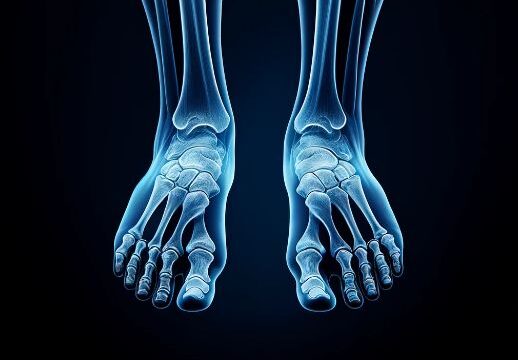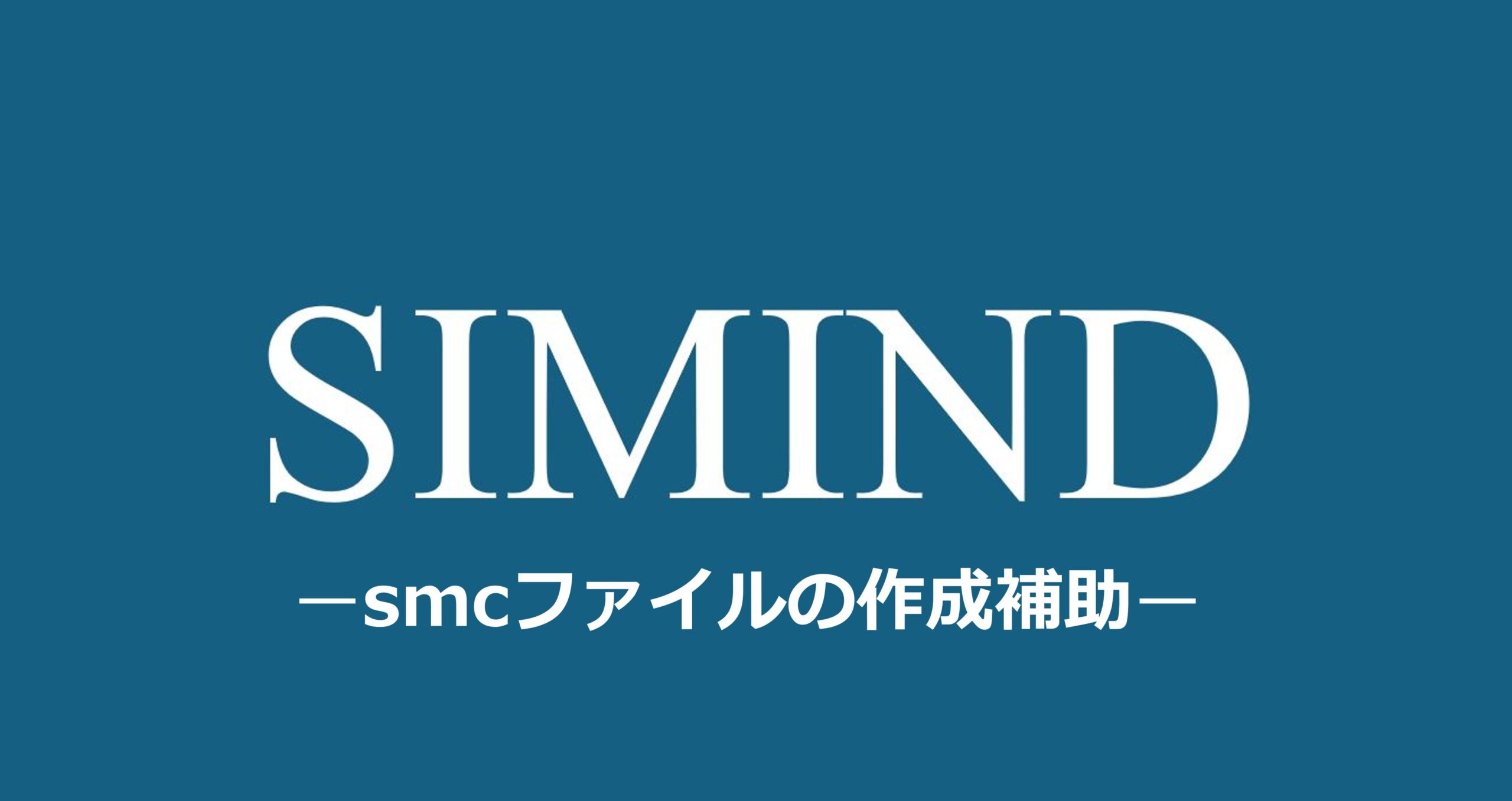Purpose
Observe the scaphoid from multiple directions.
Prior confirmation
Do not force ulnar flexion if fracture or dislocation is suspected.
Remove any obstacles.
Confirm which side is the affected side.
Positioning
Sitting position.
Shoulder joint to wrist joint should be at the same height.
Align the long axis of the forearm with the long axis of the cassette.
Align the anatomical snuff box with the center of the cassette.
The palm and forearm are placed on the cassette.
1. Ulnar deviation view : maximum deviation from the PA view to the ulnar side. The scaphoid is projected away from the other carpals.
2. PA view : This is a complementary imaging method to ulnar flexion imaging. It differs from imaging method 1 only in the direction of incidence of X-rays. In the deafferented state, the scaphoid bone is volar tilt to the palmar side, so oblique incidence toward the proximal side proximal to the scaphoid bone produces a true frontal image.
3. Oblique view : Oblique position with the first finger raised at 45° from the ulnar flexion radiographs.
4. Lateral view : Same as lateral radiography of the wrist joint. The lateral side of the wrist and forearm is attached to the cassette. Evaluate for dislocation based on the position of the radius, lunate, and condyles.
CR, distance, field size
CR :
1, 3, 4 : X-rays are injected vertically toward the anatomical snuffbox.
2 : X-rays are obliquely incident at 15-30° toward the proximal, centered on the anatomical snuffbox.
Distance : 100cm
Field size : Include the skin surface on the left and right sides, and the metacarpal to the distal one-fourth of the radius on the upper and lower sides.
Exposure condition
50kV / 4mAs
Grid ( – )
Image, check-point
Normal (Radiopaedia)
Fracture (Radiopaedia)
The image should be high resolution with low noise so that fracture lines can be detected.
The dynamic range should be such that even soft tissues can be observed.
1. Ulnar deviation view : The scaphoid should not overlap with other bones. The distal radioulnar joint should be open.
2. PA view : The scaphoid bone should be projected slightly extended and should not overlap with other bones. The distal radioulnar joint should be open.
3. Oblique view : The ulnar head and distal end of the radius should slightly overlap. The proximal third to fifth metacarpals also partially overlap.
4. Lateral view : The wrist joint should be in its full lateral aspect.
What is complete lateral view ? – The wrist joint should be completely lateralized, meaning that the palmar border of the pisiform is between the palmar border of the scaphoid and the palmar border of the capitate.
Videos
Related materials
The scaphoid is frequently fractured by reaching down during a fall (FOOSH). Scaphoid fractures account for 70% of all carpal fractures.
If the scaphoid fracture line is missed and not properly treated, a pseudoarthrosis and eventual arthrosis may result. One reason why scaphoid fractures are difficult to heal is because of circulation problems. The lack of proximal vascular nourishment in the scaphoid requires rapid fusion. A scaphoid fracture is suspected when there is tenderness in the anatomic snuffbox.
What is fall onto an outstretched hand (FOOSH) ?
In all imaging, the height should be the same from the shoulder joint to the wrist joint. This prevents the radius and ulna from crossing and the radius from being projected too short.



















